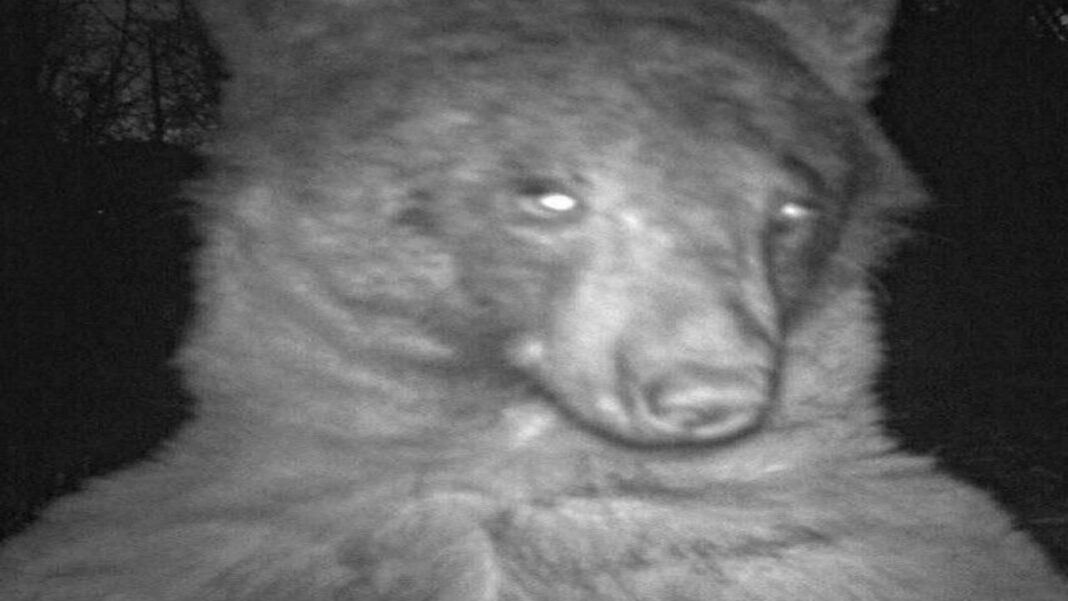UNITED STATES: We’ve all taken numerous selfies in the hopes of capturing the perfect shot, but would you expect a wild bear to do the same? That too with a covert camera? While most animals prefer to ignore the strange object, some curious ones prefer to play with it.
A wild bear experienced a somewhat similar scenario in the untamed mountains of Boulder, Colorado, in the US, which resulted in a number of selfies.
The Boulder Open Space and Mountain Parks (OSMP) administration posted the secretly recorded black bear selfies on their Twitter account.
Users of social media reacted to the images in various ways. One of the wildlife camera use to monitor wildlife in the Boulder open area was recently discovered by a bear.
Around 400 of the 580 photographs were bear selfies, according to the statement that accompanied the photograph.
Mid-November of last year saw the first Instagram posting of the images by OSMP.
The OSMP has erected nine cameras covering a total area of 46,000 acres. The cameras can capture video for up to 30 seconds.
The cameras use infrared light to capture nighttime images with the least impact on nocturnal wildlife.
Will Keeley, a senior wildlife biologist at OSMP, claimed that the motion-detecting cameras present a special chance for them to better comprehend how nearby wildlife uses the landscape.
The OSMP staff members’ ability to recognise critical wildlife habitats is greatly aided by these cameras.
The data we gather from them is utilised to suggest habitat-protective strategies to help safeguard delicate natural regions, explained Keeley.
Additionally, cameras are placed in places where there are signs of wildlife activity, such as tracks in the snow.
Also Read: NASA Will Test Nuclear Rockets to Send Astronauts to Mars Swiftly



